For many years, the layout of a printed circuit board in 2D was sufficient for most mainstream technologies.
These requirements demand comprehensive 3D electronic design and visualization functions in ECAD systems. The layout engineer gains a better overview of complex technologies, e.g. placing components in intermediate layers.
A true 3D ECAD system allows engineers to work in 2D or 3D as needed to precisely design with the latest technology and respond to market demands in high-pressure business cycles. So can today’s CAD tools deliver on these requirements and harness the power of new technologies?
3D ECAD/MCAD Collaboration
While the MCAD industry has always been thinking in three dimensions, the ECAD industry has long been 2-dimensional. At Zuken, the world was no longer flat as far back as 2001. Since then, we have constantly upgraded and improved our 3D PCB design solutions.
The way electrical and mechanical design converge leaves little room for error. That’s why Design Force includes powerful ECAD/MCAD collaboration features. These support the import of mechanical enclosure as a STEP file, the optimization of component placement based on mechanical constraints, and product validation with 3D collision and clearance checks.
3D Electronics Design with Flex-Rigid Technologies
Rigid-Flex technology combines rigid and flexible PCBs into a single design.
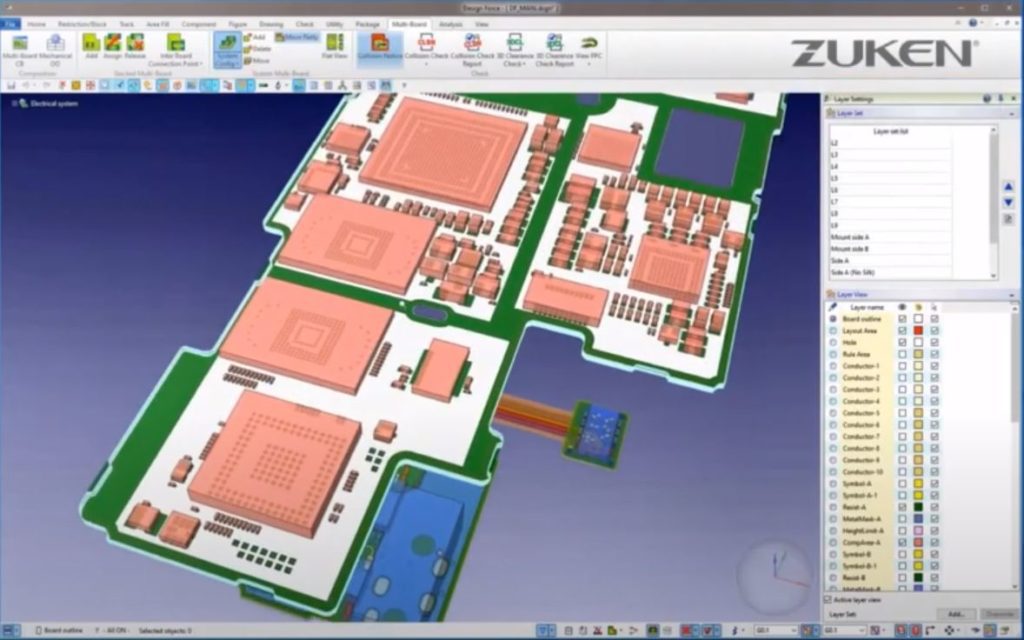
Electronics and 3D Circuit Printing
In addition to these well-established technologies, Zuken also supports innovative trends, such as printed circuit boards from the 3D printer.
CR-8000 Design Force generates all required data for 3D printing and supports direct export to manufacturing with no loss of integrity.
Conclusion about 3D Electronics Design
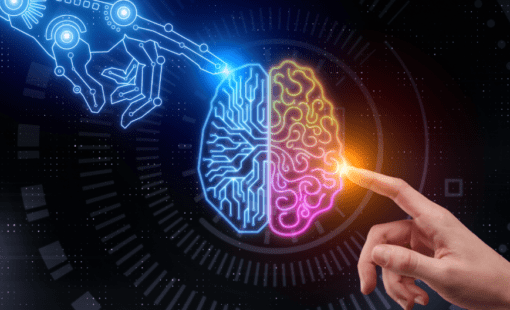
- Blog
As we face a skills shortage many areas of eningeering, more and more engineers are finding themselves in roles that require skills they may not have been trained for. But what if we could use AI technology to help close this gap? Learn more.
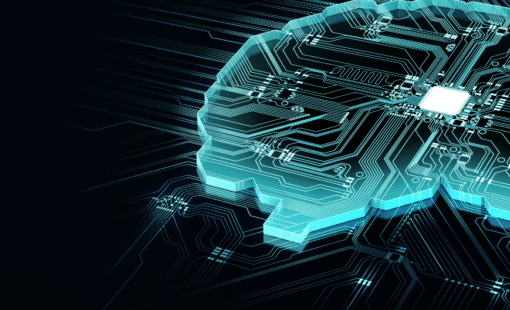
- Blog
With the release of ChatGPT, artificial intelligence, has become a topic that has stirred many emotions. On our blog we're exploring whether AI could one day be used to support Zuken's core business of solving complex design challenges such as PCB layout and routing.
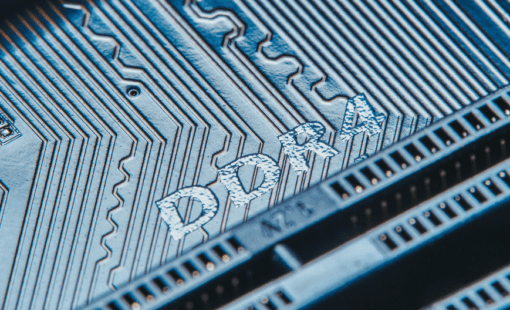
- Blog
Although memory technology continues to evolve, in the current technology landscape, DDR4 is often a critical hurdle in the design process of an electronic application because of the large number of rules and constraints which have to be obeyed for the implementation of high-performance memory subsystems. Learn what to consider.
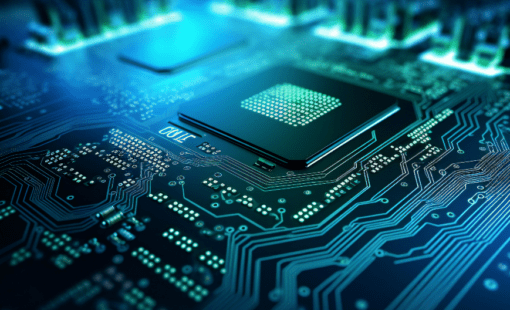
- Blog
The interplay of electrical, mechanical, and thermal considerations, requires precise component placement, signal integrity optimization, and power distribution while navigating space constraints and ensuring manufacturability.

